When evaluating investment options, a common question arises: Do dividend stocks grow slower than their non-dividend-paying counterparts? Dividend stocks are companies that distribute a portion of their profits to shareholders, appealing to investors seeking regular income and a perception of stability. In contrast, "growth" in stock investing typically refers to an increase in share price, or capital appreciation, driven by a company reinvesting its earnings back into expanding its operations, research and development, or strategic acquisitions. The prevalent idea is that a company paying dividends might have less capital available to fuel rapid expansion, leading to a slower growth trajectory compared to companies that retain all their earnings. This article will explore whether this perception holds true and delve into the nuances of dividend stock growth.
The argument for slower growth in dividend stocks often centers on capital allocation. Every dollar a company pays out as a dividend is a dollar that cannot be reinvested back into the business. This trade-off between retained earnings and dividends can directly impact a company's ability to fund future growth initiatives, such as expanding into new markets, developing innovative products, or acquiring competitors. Furthermore, dividend-paying companies are often mature businesses in established industries, like utilities or consumer staples, which may have limited opportunities for exponential growth compared to younger, more aggressive growth-focused companies. Their management teams often prioritize consistent cash flow and dividend maintenance over high-risk, high-reward expansion efforts, aligning with the expectations of their income-focused investor base.
However, the notion that all dividend stocks inherently grow slower is a simplification. A crucial distinction lies between "dividend growers" and "high yielders." Companies known as Dividend Aristocrats or Dividend Kings, for instance, have a long track record of consistently increasing their dividends, which inherently requires underlying business and earnings growth. For these companies, the dividend itself is a reflection of a healthy, expanding operation. Moreover, investors should consider the total return of a stock, which includes both capital appreciation and the accumulated dividend income. Reinvesting these dividends through Dividend Reinvestment Plans (DRIPs) can significantly boost long-term returns through the power of compounding, even if the share price appreciation is modest.
It's also important to acknowledge that not all capital reinvested by a company yields high returns. Smart management might choose to pay out dividends when internal reinvestment opportunities offer diminishing returns, demonstrating financial discipline. This disciplined approach can actually contribute to long-term stability and sustainable growth. Furthermore, the landscape of dividend stocks is evolving. We now see dividend-paying companies emerging even in traditionally high-growth sectors like technology and healthcare, such as Apple or Microsoft. These companies demonstrate that strong underlying business growth and consistent dividend payouts are not always mutually exclusive, as they can still find niche growth opportunities within their mature industries.
Ultimately, the choice between dividend stocks and pure growth stocks depends on an individual investor's financial goals, risk tolerance, and time horizon. Growth stocks typically offer higher volatility and the potential for greater capital appreciation, appealing to aggressive investors earlier in their wealth-building journey. Dividend stocks, conversely, generally offer lower volatility, consistent income, and more modest capital appreciation, making them attractive to income-focused investors, retirees, or those seeking stability. While dividend stocks may exhibit slower capital appreciation on average, their contribution to total return through income, coupled with the potential for sustainable dividend growth, means they can play a vital role in a diversified portfolio designed for long-term wealth accumulation.



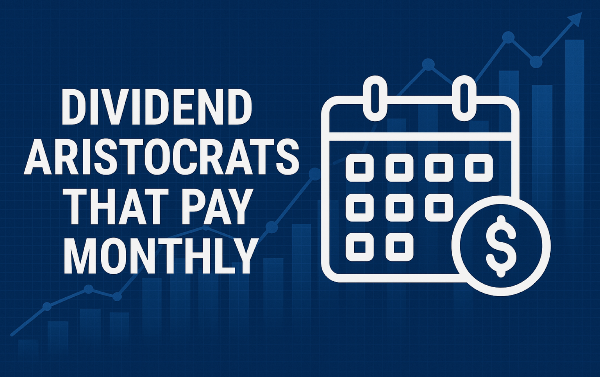
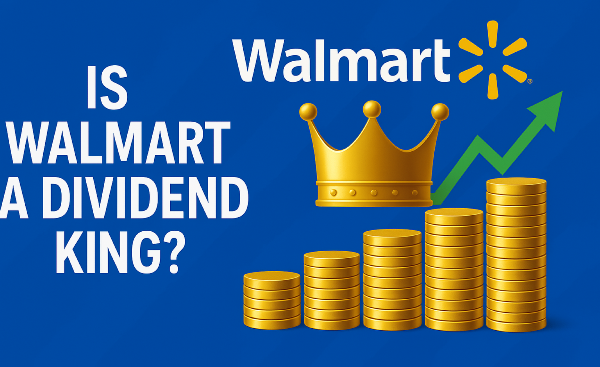

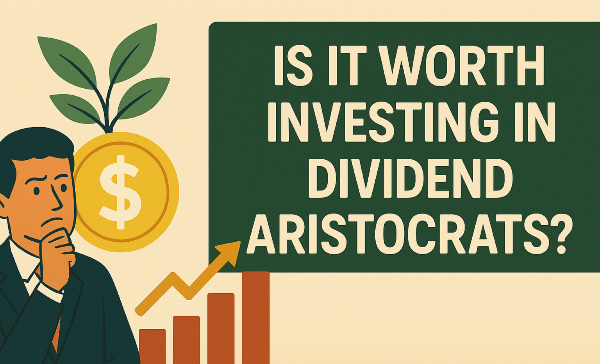
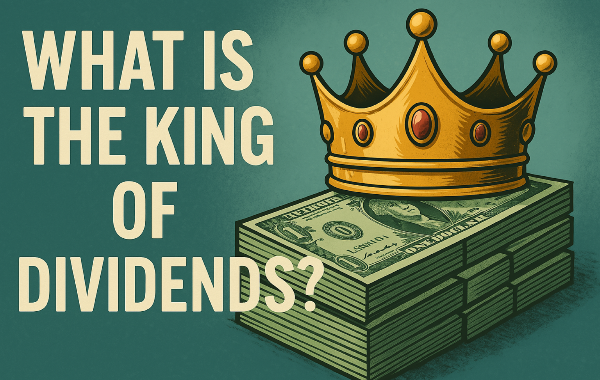
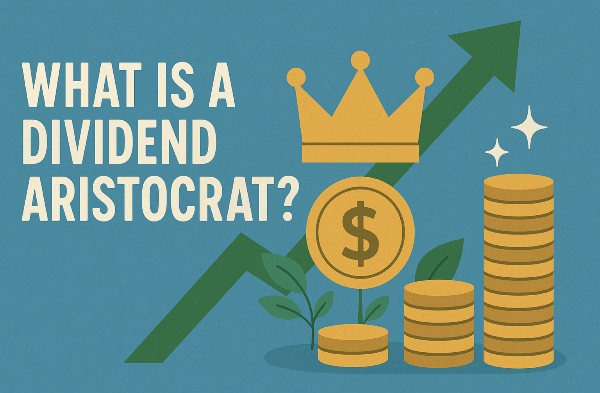
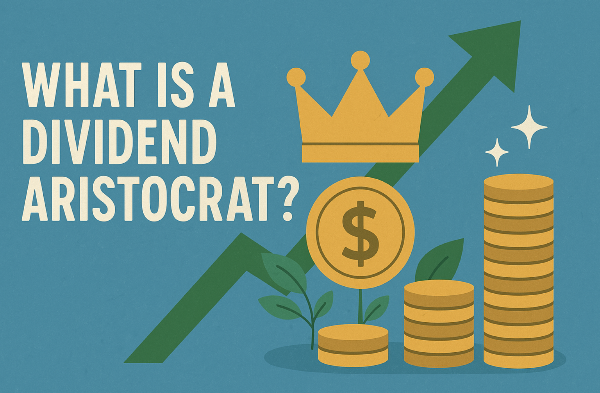
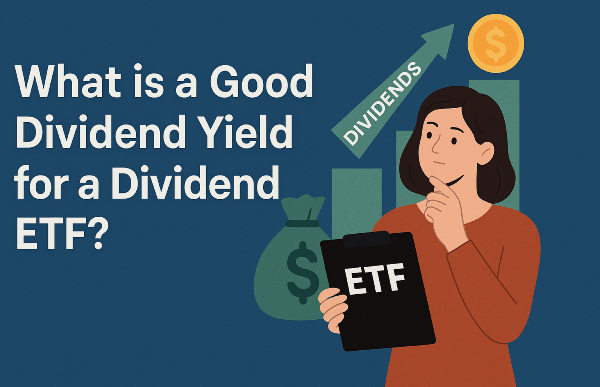
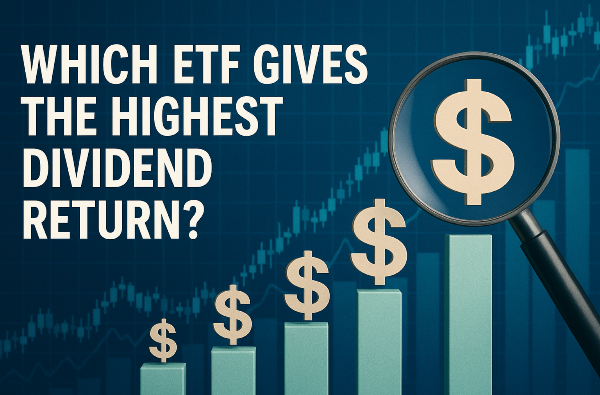


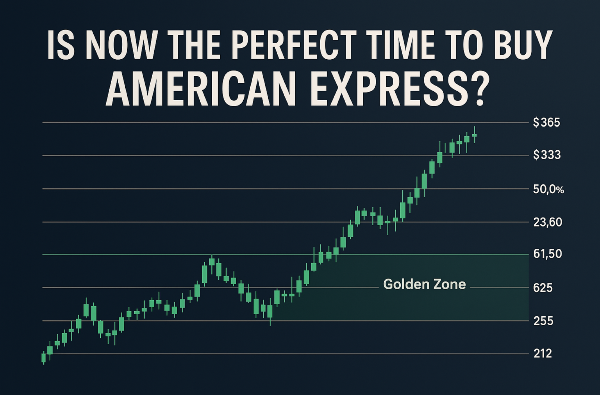

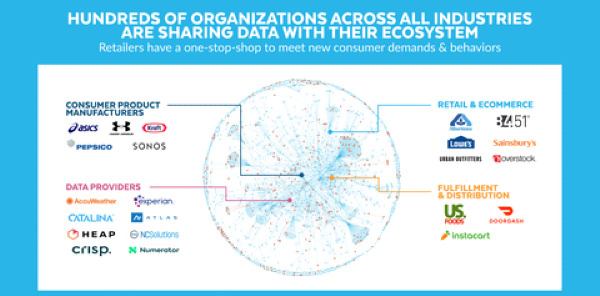
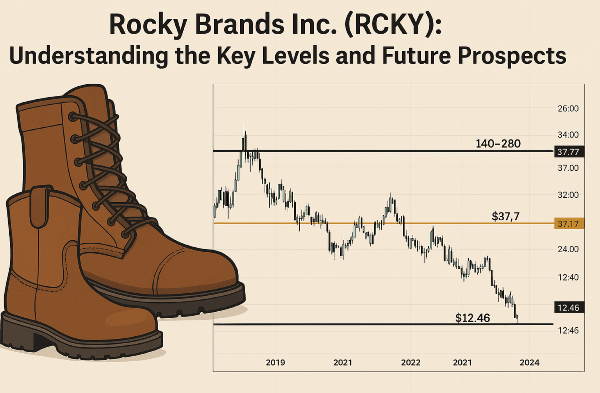


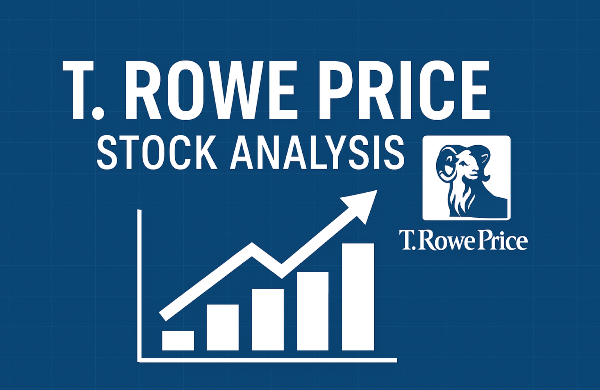
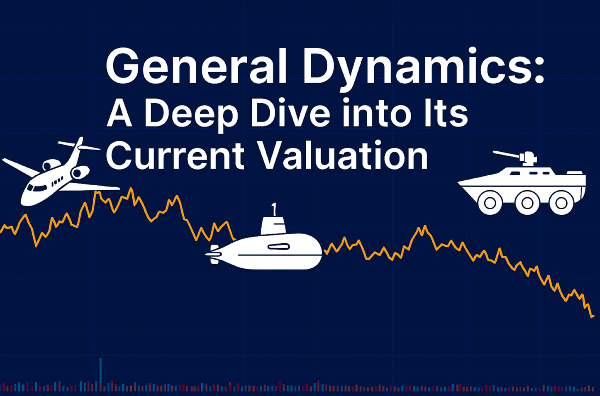








When evaluating investment options, a common question arises: Do dividend stocks grow slower than their non-dividend-paying counterparts? Dividend stocks are companies that distribute a portion of their profits to shareholders, appealing to investors seeking regular income and a perception of stability. In contrast, "growth" in stock investing typically refers to an increase in share price, or capital appreciation, driven by a company reinvesting its earnings back into expanding its operations, research and development, or strategic acquisitions. The prevalent idea is that a company paying dividends might have less capital available to fuel rapid expansion, leading to a slower growth trajectory compared to companies that retain all their earnings. This article will explore whether this perception holds true and delve into the nuances of dividend stock growth.
The argument for slower growth in dividend stocks often centers on capital allocation. Every dollar a company pays out as a dividend is a dollar that cannot be reinvested back into the business. This trade-off between retained earnings and dividends can directly impact a company's ability to fund future growth initiatives, such as expanding into new markets, developing innovative products, or acquiring competitors. Furthermore, dividend-paying companies are often mature businesses in established industries, like utilities or consumer staples, which may have limited opportunities for exponential growth compared to younger, more aggressive growth-focused companies. Their management teams often prioritize consistent cash flow and dividend maintenance over high-risk, high-reward expansion efforts, aligning with the expectations of their income-focused investor base.
However, the notion that all dividend stocks inherently grow slower is a simplification. A crucial distinction lies between "dividend growers" and "high yielders." Companies known as Dividend Aristocrats or Dividend Kings, for instance, have a long track record of consistently increasing their dividends, which inherently requires underlying business and earnings growth. For these companies, the dividend itself is a reflection of a healthy, expanding operation. Moreover, investors should consider the total return of a stock, which includes both capital appreciation and the accumulated dividend income. Reinvesting these dividends through Dividend Reinvestment Plans (DRIPs) can significantly boost long-term returns through the power of compounding, even if the share price appreciation is modest.
It's also important to acknowledge that not all capital reinvested by a company yields high returns. Smart management might choose to pay out dividends when internal reinvestment opportunities offer diminishing returns, demonstrating financial discipline. This disciplined approach can actually contribute to long-term stability and sustainable growth. Furthermore, the landscape of dividend stocks is evolving. We now see dividend-paying companies emerging even in traditionally high-growth sectors like technology and healthcare, such as Apple or Microsoft. These companies demonstrate that strong underlying business growth and consistent dividend payouts are not always mutually exclusive, as they can still find niche growth opportunities within their mature industries.
Ultimately, the choice between dividend stocks and pure growth stocks depends on an individual investor's financial goals, risk tolerance, and time horizon. Growth stocks typically offer higher volatility and the potential for greater capital appreciation, appealing to aggressive investors earlier in their wealth-building journey. Dividend stocks, conversely, generally offer lower volatility, consistent income, and more modest capital appreciation, making them attractive to income-focused investors, retirees, or those seeking stability. While dividend stocks may exhibit slower capital appreciation on average, their contribution to total return through income, coupled with the potential for sustainable dividend growth, means they can play a vital role in a diversified portfolio designed for long-term wealth accumulation.